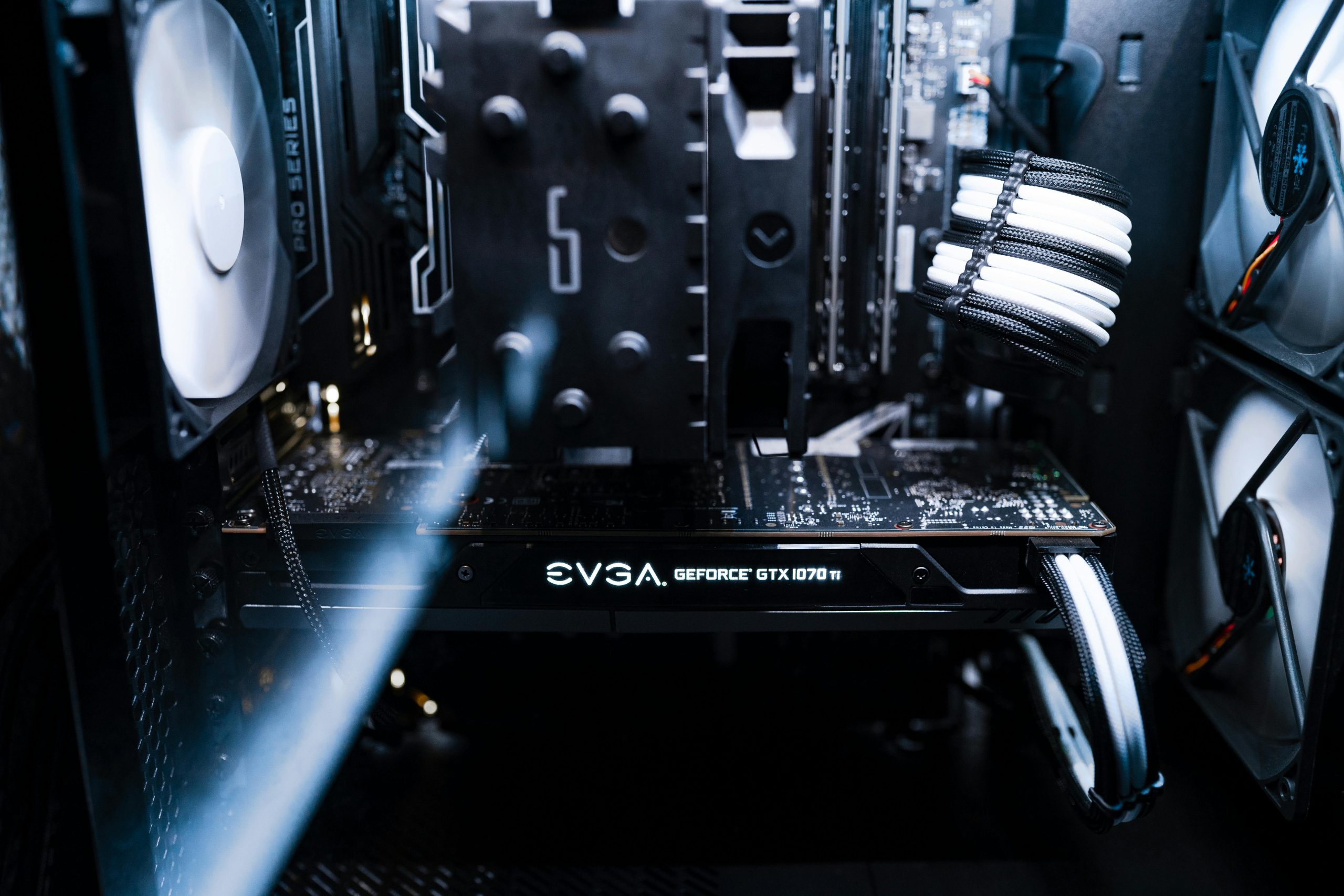Understanding and Troubleshooting Persistent System Instability: A Case Study of Modern PC Challenges
In the realm of high-performance computing, system stability remains a critical concern for enthusiasts and professionals alike. Recent personal experiences highlight the complex web of challenges that can arise when building and maintaining a cutting-edge PC, especially with flagship components such as Intel’s 14th generation CPUs and high-speed RAM. This article aims to walk through common symptoms, potential causes, and troubleshooting approaches for persistent instability issues observed over an extended period.
Common Symptoms of System Instability
Users encountering hardware and software instability may notice a variety of symptoms, including:
- Application crashes unrelated to GPU hardware, such as game or benchmark failures.
- Silent crashes or non-responsive behavior in web browsers and other software.
- Frequent crashes of driver utilities and background services.
- Failures in Windows updates or system resets requiring reinstallation.
- Random system crashes with error messages like “page not resolved” or “input not recognized.”
- Multiple Event Viewer logs indicating hardware errors, service failures, or driver faults.
Case Overview: Personal Troubleshooting Journey
In a recent case, an individual experienced ongoing instability over approximately six months, characterized by the above symptoms. Initially suspecting RAM issues—particularly due to Windows Memory Diagnostic reports—the user also conducted research that pointed towards the CPU potentially being a contributing factor.
The system featured an Intel Core i9-14900KF CPU, which was believed to have known issues that could mimic RAM failures. Updating the BIOS to version 17.02 was attempted but did not resolve the core problems. Further investigation suggested CPU thermal and voltage stability as possible culprits.
Key Diagnostic Steps and Solutions Attempted
-
Monitoring Temperatures and Voltages:
Using diagnostic tools such as HWinfo, the user identified that CPU temperatures exceeded safe thresholds, potentially causing instability. Adjustments to BIOS cooling settings were made, aiming to reduce thermal stress. -
Voltage Tuning:
Since voltage fluctuations can significantly impact CPU stability, efforts were made to optimize voltage settings, although precise adjustments remained elusive. The user employed Intel’s Extreme Tuning Utility (XTU), which proved beneficial when clicking the “optimization” button, resulting in improved stability in certain applications. -
Memory Configuration:
For simplicity and based on crash patterns, only one RAM stick was utilized for months, especially since dual-stick configurations appeared to exacerbate application crashes like Marvel Rivals. -
Application-specific Troubleshooting:
The
Share this content:



